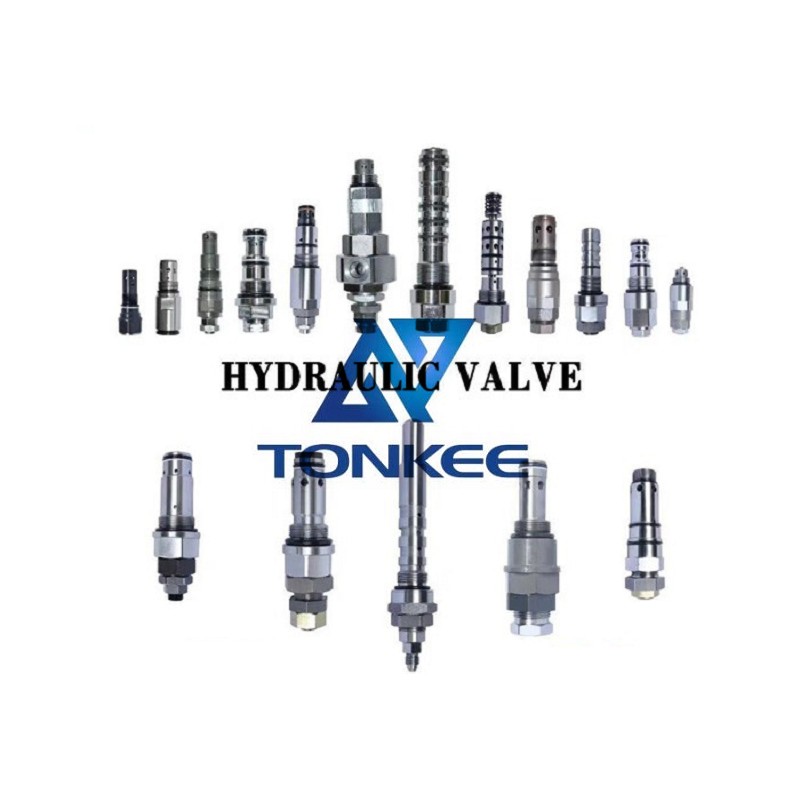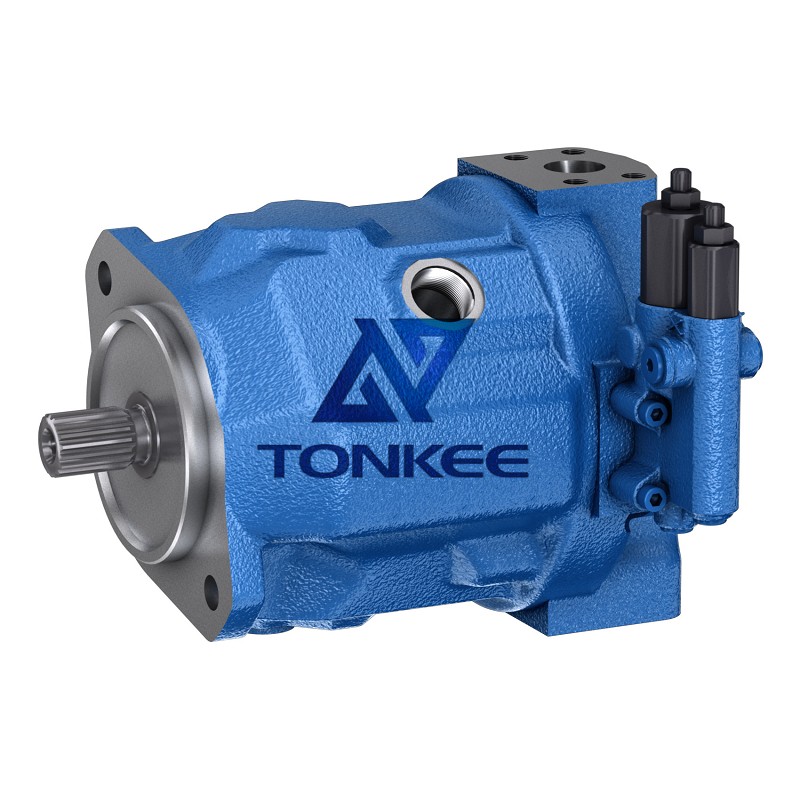
Safety Valve:
A safety valve is primarily designed to protect the hydraulic system from overpressure conditions.
Its main function is to prevent damage to the system components and ensure the safety of operators and equipment. When the pressure exceeds a predetermined threshold, the safety valve automatically opens, allowing the excess fluid to be diverted or released from the system. This action helps maintain the pressure within safe limits and prevents potential catastrophic failures.
Key Characteristics of a Safety Valve:
Pressure Relief: A safety valve is set to open at a specific pressure level, known as the "set pressure" or "cracking pressure." Once this pressure is reached, the valve opens to relieve the excess pressure and maintain system integrity.
Full Flow Capacity: Safety valves are designed to provide a full flow path when open, allowing the rapid discharge of fluid to relieve the pressure.
Normally Closed: Safety valves remain closed under normal operating conditions. They only open when the pressure exceeds the set threshold, ensuring system stability during regular operations.
Control Valve:
A control valve, on the other hand, is responsible for regulating the flow rate, direction, and pressure of the hydraulic fluid within a system. It acts as a modulating device, allowing precise control of the fluid flow to various actuators and components. Control valves are often used in conjunction with sensors, feedback devices, and electronic systems to achieve accurate and dynamic control of hydraulic systems.
Key Characteristics of a Control Valve:
Flow Control: Control valves offer variable flow control by adjusting the size of the flow passage or throttling the fluid flow through the valve.
This allows for precise control of actuator speed and movement.
Position Control: Some control valves are capable of positioning hydraulic actuators accurately. By controlling the valve opening, the position and movement of the actuator can be controlled with precision.
Pressure Control: Certain control valves incorporate pressure control features to maintain a specific pressure level within a hydraulic circuit. These valves can regulate pressure by diverting excess fluid or restricting flow as required.
Distinguishing Factors:
Function: The primary function of a safety valve is to protect the system from overpressure, while a control valve enables precise control and modulation of fluid flow, pressure, and actuator movements.
Opening Action: A safety valve opens when the pressure exceeds a predetermined threshold, while a control valve operates based on external signals or manual adjustments to achieve the desired control parameters.
Flow Capacity: Safety valves provide full flow capacity when open, whereas control valves offer variable flow control and may restrict flow when necessary.





 English
English português
português Русский язык
Русский язык










